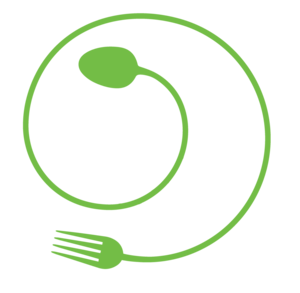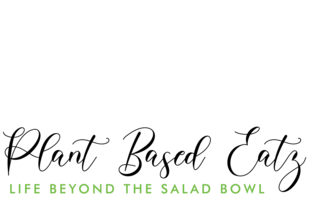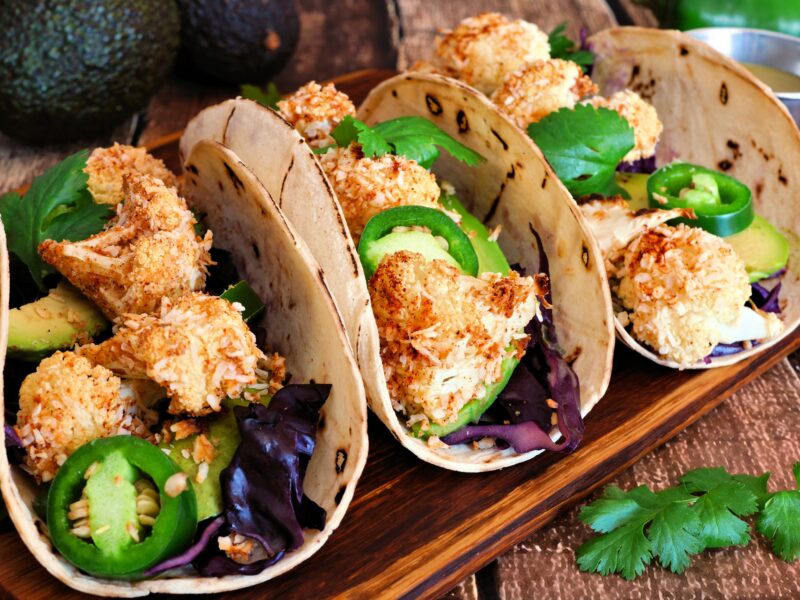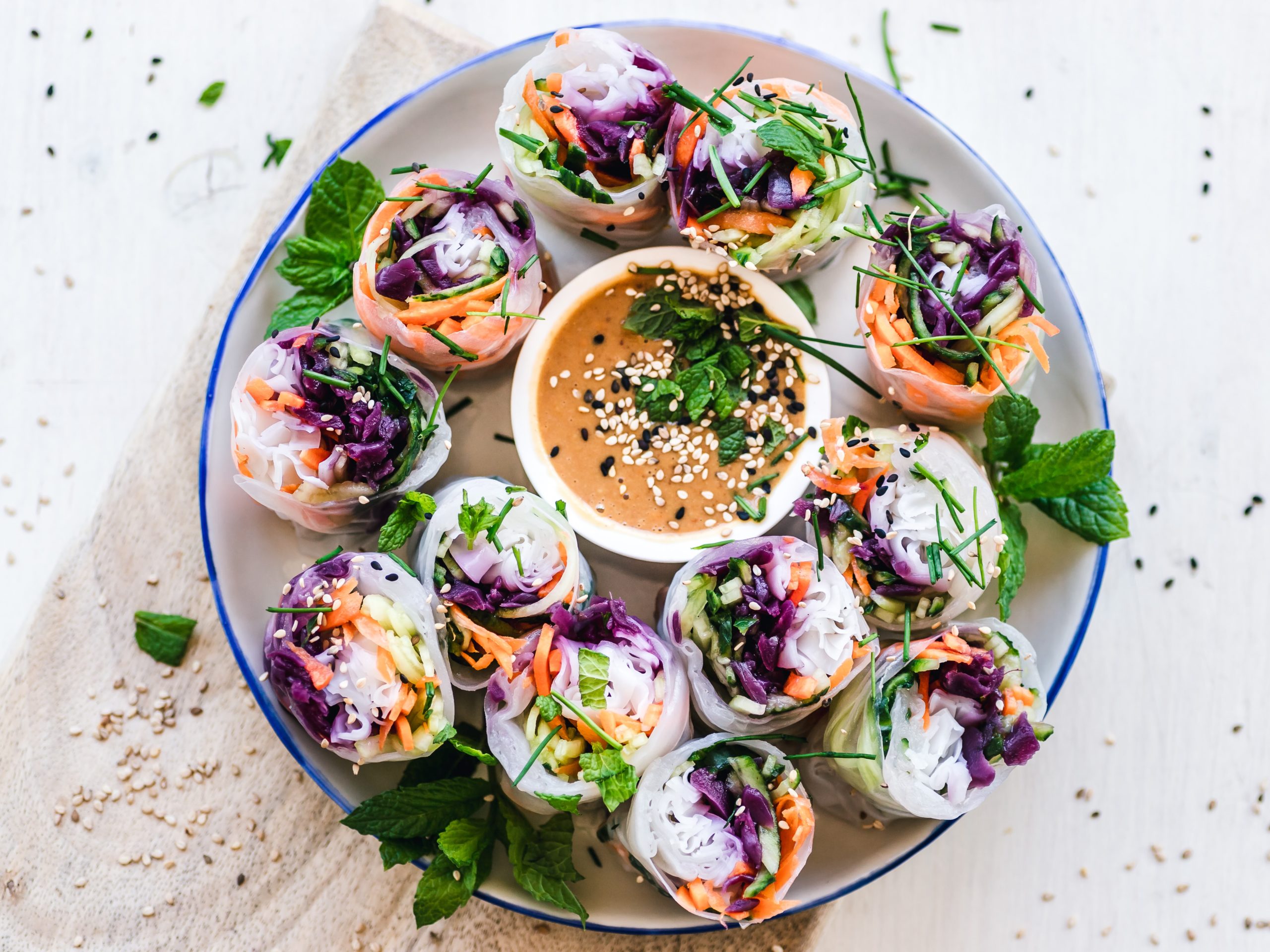“Where do you get your protein?” This is a question that I now answer in just one word… Plants! Simple enough? Not so much when we have been taught that protein is one of the three primary nutrients in our diet (without compromise) that most people go overboard on. Before I dive into protein and how you can get a substantial amount on a plant-based diet, let’s discuss macronutrients.
Macronutrients comprise the calories/energy that you consume. They fall into three categories: protein, carbohydrates, and fat. Each of these nutrients supplies its own unique benefits (that’s why each one comes with its own general recommendations). Once your body digests these nutrients they will fuel many specialized biological functions. Now to the protein… *side note, I’ll cover the other macronutrients soon in another post.*
Protein aids in growth (this is especially important for children, teens, and pregnant women. The macronutrient encourages tissue repair, strengthens immune function, makes essential hormones and enzymes, provides energy when carbohydrates are not available, and preserves lean muscle mass. So, where do vegans get their protein? Protein is found in almost all plant foods, and it adds up throughout the day. Even if you had a diet high in carbohydrates, you’d still get adequate amounts of protein while keeping your body fueled (however, you have to remember about balance and what works best for you). To reiterate, protein’s primary function is about growth, from infancy through childhood through adulthood, and muscle maintenance as well as repair after exercise. It’s clear that it’s important, but is overhyped when it comes to how much to consume and the source it comes from (animal vs. plants). Quick rant: it’s rather scary how much the meat industry resembles other companies like tobacco and pharmaceutical companies. Their tactics and strategies are so effective to where they have convinced whole populations that not only are their products preferred but they are REQUIRED for health (even if that not’s the case). Have you ever wondered why there is NO specific nutritional requirement to consume protein from animals or animal-based foods such as meat, milk, and eggs?
Point of it all? You can get everything you need from plants. Plant-based proteins, even when consumed in large quantities, do not have the same adverse health complications as animal proteins do. Next time you’re out shopping or meal prepping, incorporate some of these plant-based protein sources:
Nuts & Seeds: almonds, chia seeds, walnuts, sunflower seeds, hemp seeds, or cashews
Legumes: Chickpeas, lentils, kidney beans, green peas, or black beans
Grains: quinoa (keen-wa), wild rice, and oats
Vegetables: Brussels sprouts, portobello mushrooms, broccoli, spinach, and kale
Other (minimally processed): tofu, tempeh, or seitan
All of these items offer you a variety of amazing, delicious, protein-filled options to add. to your next meal. The bottom line is that you’re going to get plenty of protein without overthinking it. You don’t have to make sacrifices in order to reach your daily protein needs AND you can still enjoy the foods you love most. As a chef, it’s only fair that I leave you with a few ideas of how to pair these wonderful ingredients together. Here are five plant-based, protein-rich meal ideas:
- Sweet-and-sour tofu with peas, peppers, and pineapple
- 3-bean chili with butternut squash
- Curry bowl with rice, tofu, pepper, and carrots
- Spinach lasagna with tofu ricotta, marinara sauce, and olives
- Mediterranean quinoa bowl with olives, avocado, roasted red peppers, olive oil, and red wine vinegar
Your plant-based meal options have no limit! Here’s to your health. Until next time…
~Your Neighborhood Health Dealing Nutritionist that’s also a Chef~
KB





